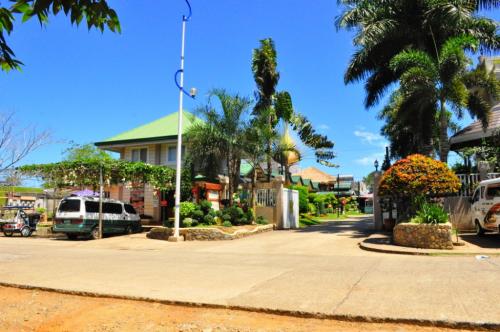December 1-31 | Naga City, Camarines Sur In the month of December, Naga City opens its door for a whole month in celebrating its charter anniversary and the Birth of Christ with the cooperative efforts of Camarines Sur and Naga City. The festivity seeks to boost tourism, expand business and provide livelihood opportunities by showcasing various activities, the highlights of which are the kiri-kiti, pastoras, beauty search, agro-industrial fair, civic parade, cultural shows and other colorful events. Source: Bicol-phlippines.blogspot.com
December 1-31 | Cebu Christmas in Cebu is celebrated with songs, gifts, twinkling lights—and a month-long program of yuletide events. Check out the nightly cultural shows for taste of the season, Cebuano-style. There’s also the various parol, christmas tree and “daygon” competitions, participated in by students from the city’s numerous schools. Source:TravelMart.net
December 1 to 31 | Sugbu A month-long celebration in preparation for Christmas on December 25, Pasko sa Sugbu is known for several Yuletide shows. Every night for the duration of this festival in Cebu, Cebuanos in the capital put on various cultural shows for the enjoyment of locals and tourists. Many Christmas-themed competitions are held, including Christmas Tree and Christmas Star-making competitions using native materials. Source:AsiaTravel.com
December 1-31 | Iloilo City A festival contest of giant lanterns made of native materials. The event is sponsored by Marymart Mall, Department of Tourism, DYOK and DYMB. Source:Corporata.mozcom.com
December 2 | San Enrique, Iloilo, Philippines. The Kalamay Festival is held in tribute to the town's main crop, the sugarcane. The event features a dance parade depicting the labor-intensive process of producing sugar. Source:TravelMart.netThe Official Online Home of the Province of Iloilo
1st week of December | San Fernando City, Pampanga, Philippines. Features nightly cultural shows, parades, street dancing, agri, trade, technology, tourism & trade fair usally held at the San Fernnado City Plaza. Source:Exploreilocos.com
December 3-12 | Pagsanjan, Laguna, Philippines. The festival features the history and culture of Pagsanjan through music and dance performed by students in Pagsanjan. The programs include street dancing. Source:VisitMyPhilippines.com
December 3- December 8 | Roxas City, Capiz, Philippines. Sinadya sa Halaran literally means “Joy in Sharing & Thanksgiving”, fused two major festivals of Capiz-Sinadya and Halaran which were previously celebrated separately. Source:TravelMart.net
Cattles Parade is located in Nasugbu, Batangas, Philippines. The festival celebrated ever December 3 annually in honor of Nasugbu’s patron, St. Francis Xavier. This festive is ended with an auction of cows at the town plaza. Source:1stphilippines.com
December 3 | Pilar The Pamugsay Festival is celebrated in honor of Pilar's patron saint, Saint Francis Xavier. A fluvial procession is held a day before the actual fiesta. Source:The Beauty of Camotes Island
